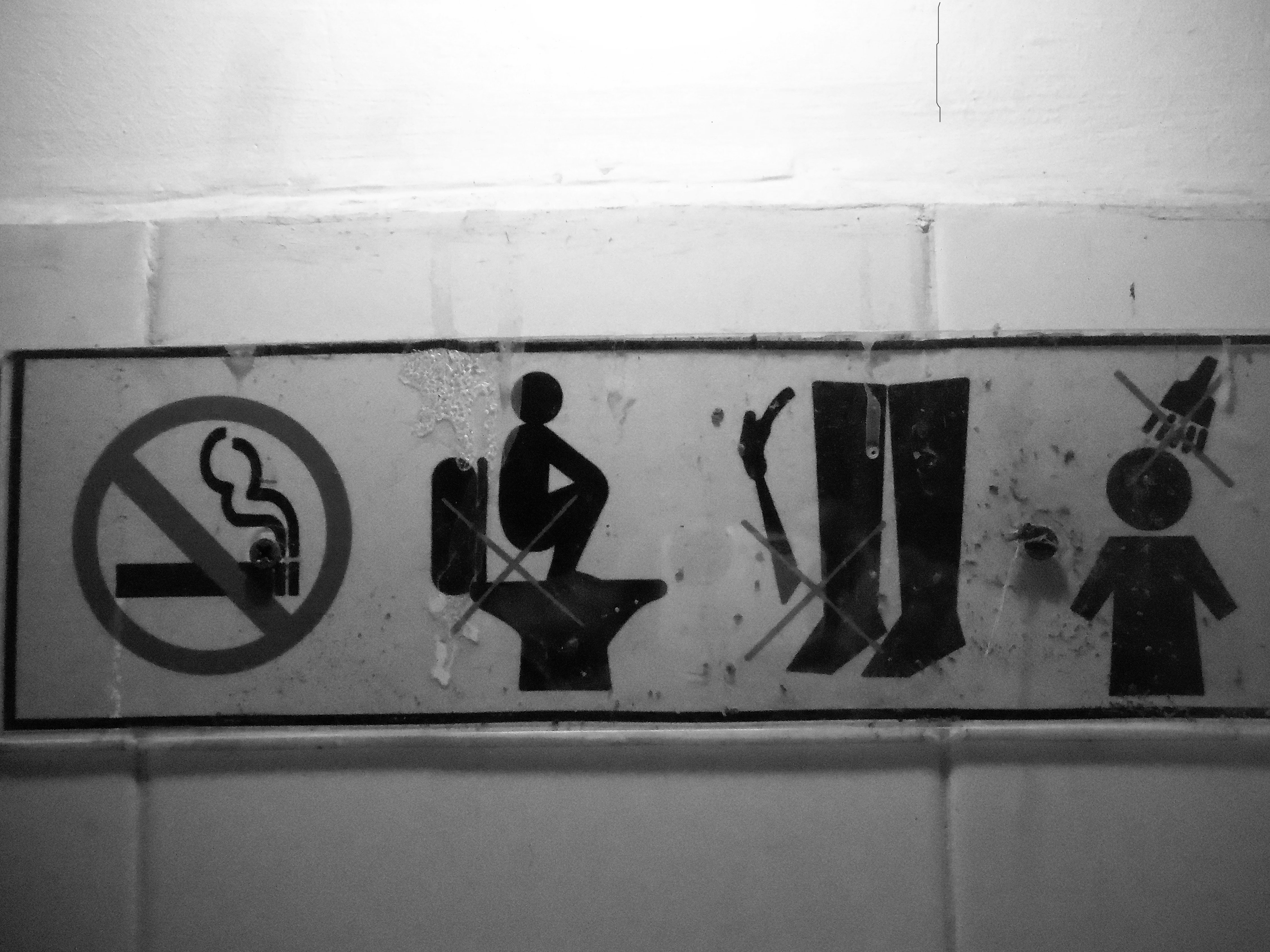So the other day I was listening to a podcast that moved from the origins of speech bubbles to a more general conversation around graphic text and the good and bad design of graphics
Which got me thinking about the graphic text that surrounds me, how I use it to create meaning while we travel and the impact this might have for learning and teaching, especially in ELL environments.
Six months in to our travels it has come to my attention that using a public toilet in most countries requires some sort of directions. The instructions vary widely from place to place as do the graphics.. In the Kuala Lumpur airport, a Hello Kitty styled comic shares the ins and outs of bathroom use and etiquette, while in Cambodia thick lined, black and white graphics are preferred. Regardless of the style and format, some cultural or social awareness is required to decode the message even for such routine tasks.
Language teachers, especially those who work with literacy learners, use graphics and images to support meaning. I suspect, at times, we over estimating our learners ability to clearly read the graphic we present and/or to read the graphic through the necessary cultural lens
By Kenshiroh – Own work, CC BY-SA 3.0, Link
Is it medieval weapons, gernades or spiky balloons that are not allowed in my hotel room?



No durians, right? Do I win something?